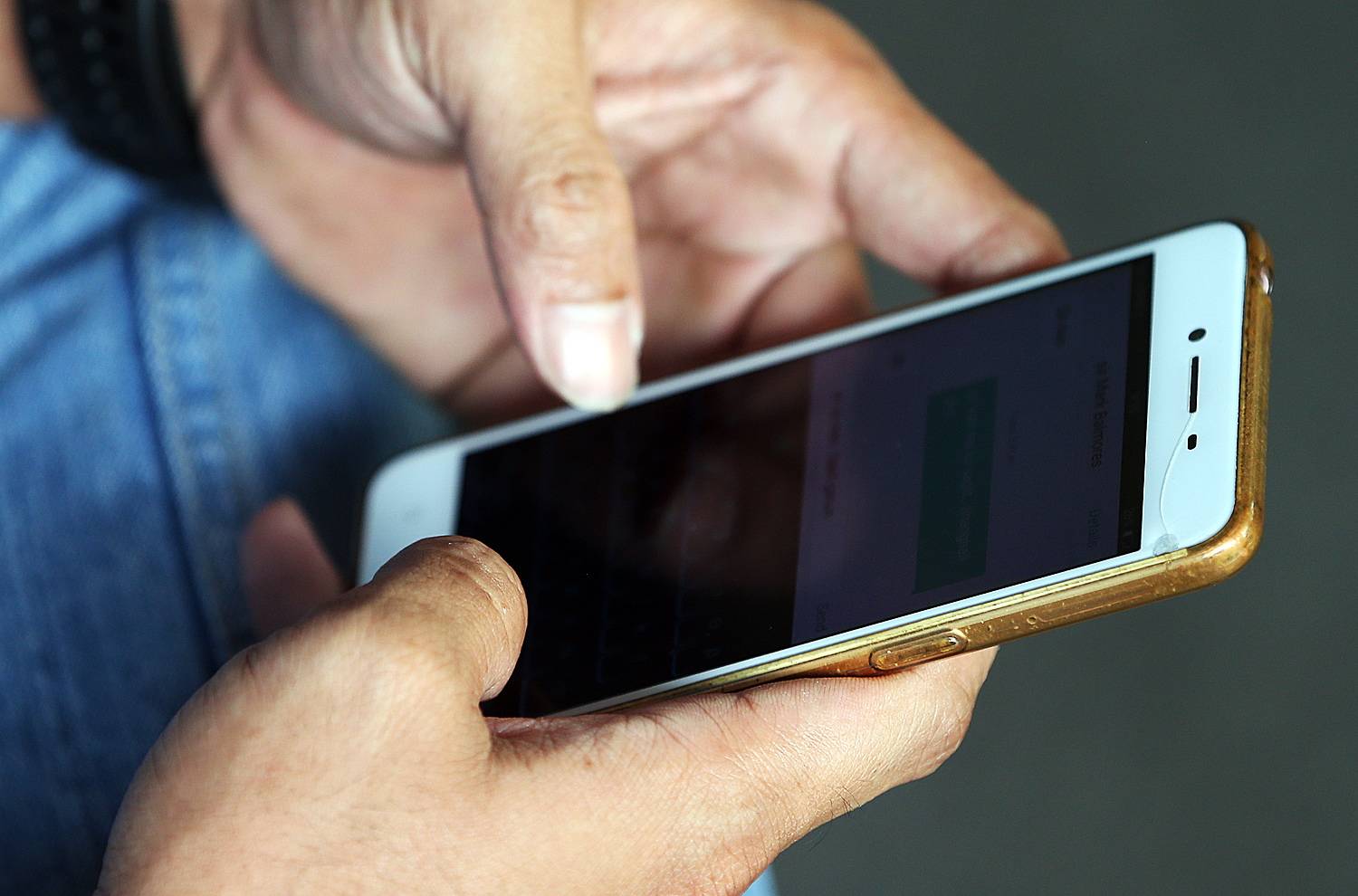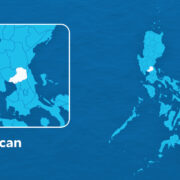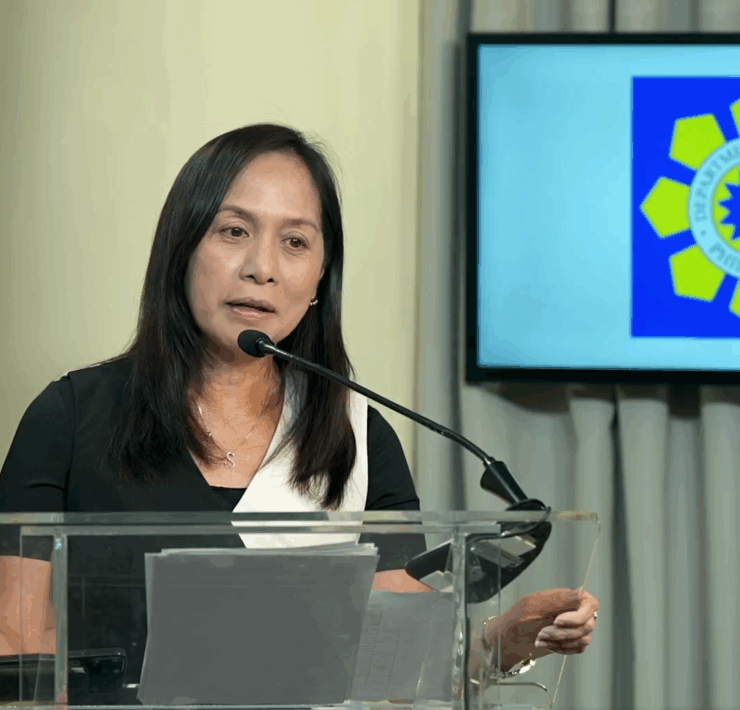New tech to replace scam-prone OTP

The PLDT group will pioneer a new technology touted to eventually replace the scam-prone One-Time-Password (OTP) system commonly used by banks and other institutions.
PLDT Enterprise, the corporate business arm of PLDT Inc., is set to launch SmartSafe SilentAccess, described as a “ground-breaking” alternative to OTP.
The new technology authenticates users directly and in real-time through the wireless network of Smart Communications Inc., the company said in a statement on Monday.
This is seen to enable frictionless logins and transactions without relying on text or short messaging system (SMS)-based OTP that many companies still use today.
PLDT Enterprise first vice president and head of product management, Nico Alcoseba, said, “It is about making security effortless for end-users, while giving enterprises the strongest and safest possible defense against digital fraud.”
Meanwhile, SMS-based OTPs have become increasingly vulnerable to phishing, vishing and other scam attacks.
PLDT Enterprise’s initiative is seen aligned with Bangko Sentral ng Pilipinas Circular No. 1213, which calls on financial institutions to move beyond SMS-based OTPs. It also supports directives from the National Telecommunications Commission and National Privacy Commission to strengthen consumer protection in the digital space.
PLDT Enterprise plans to roll out further fraud management tools against SIM swap fraud. This is while strengthening measures to verify network location, enabling safer digital access while roaming, alongside know-your-customer checks.
“Our broad suite of fraud management solutions will safeguard billions of digital moments—because as we provide these technologies to banks, retailers, health-care providers and government agencies, we also protect their end-users every time they log in, shop online, access records, or complete transactions,” said Blums Pineda, senior vice president and head of enterprise business group at PLDT and Smart.
PLDT Enterprise estimated that mobile transactions continued to surge, with over 60 percent of digital transactions in the Philippines happening via mobile devices.
“This is about more than just telco innovation: it is about ensuring the Philippines becomes one of the safest digital economies in the region,” Pineda added.





















